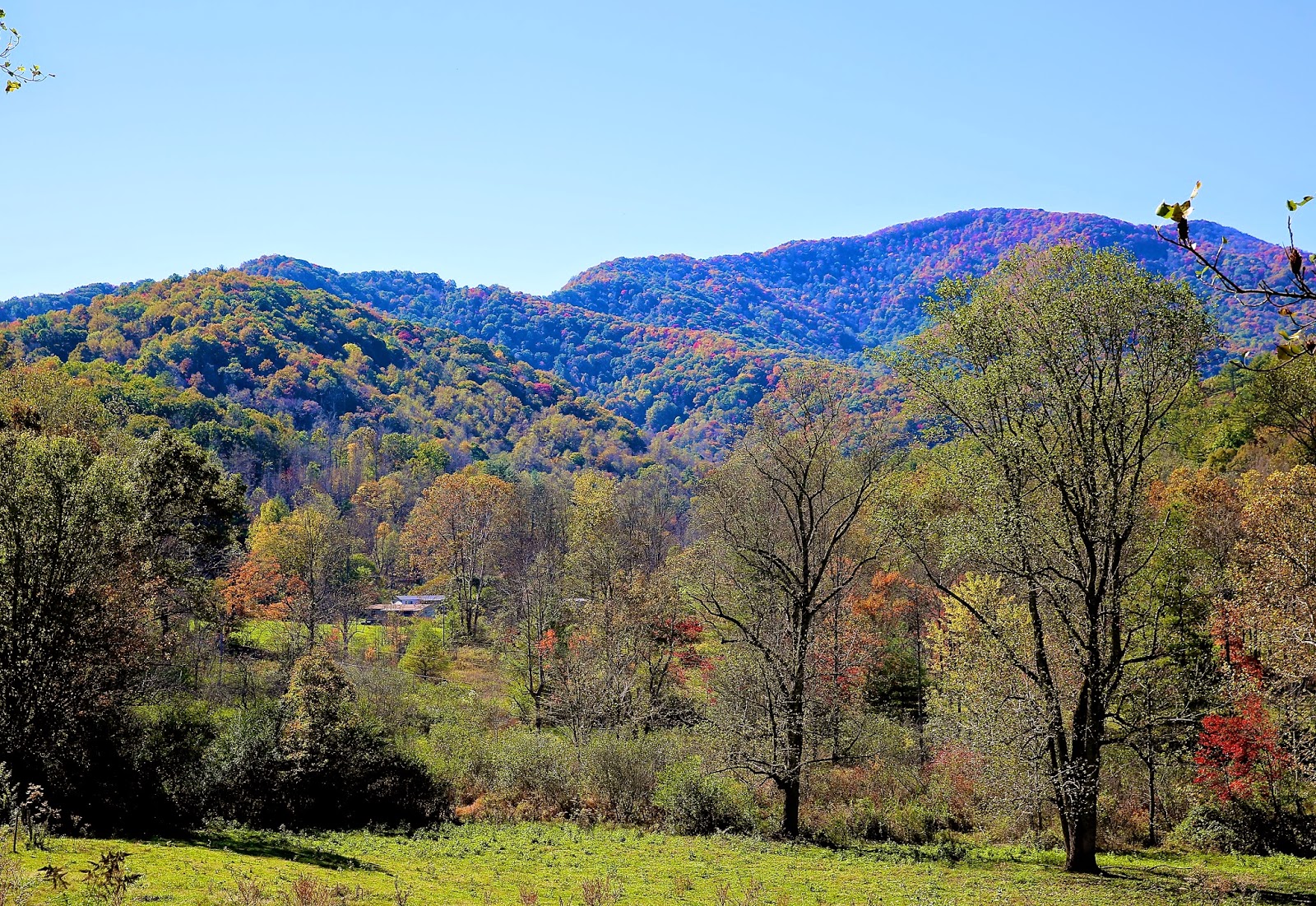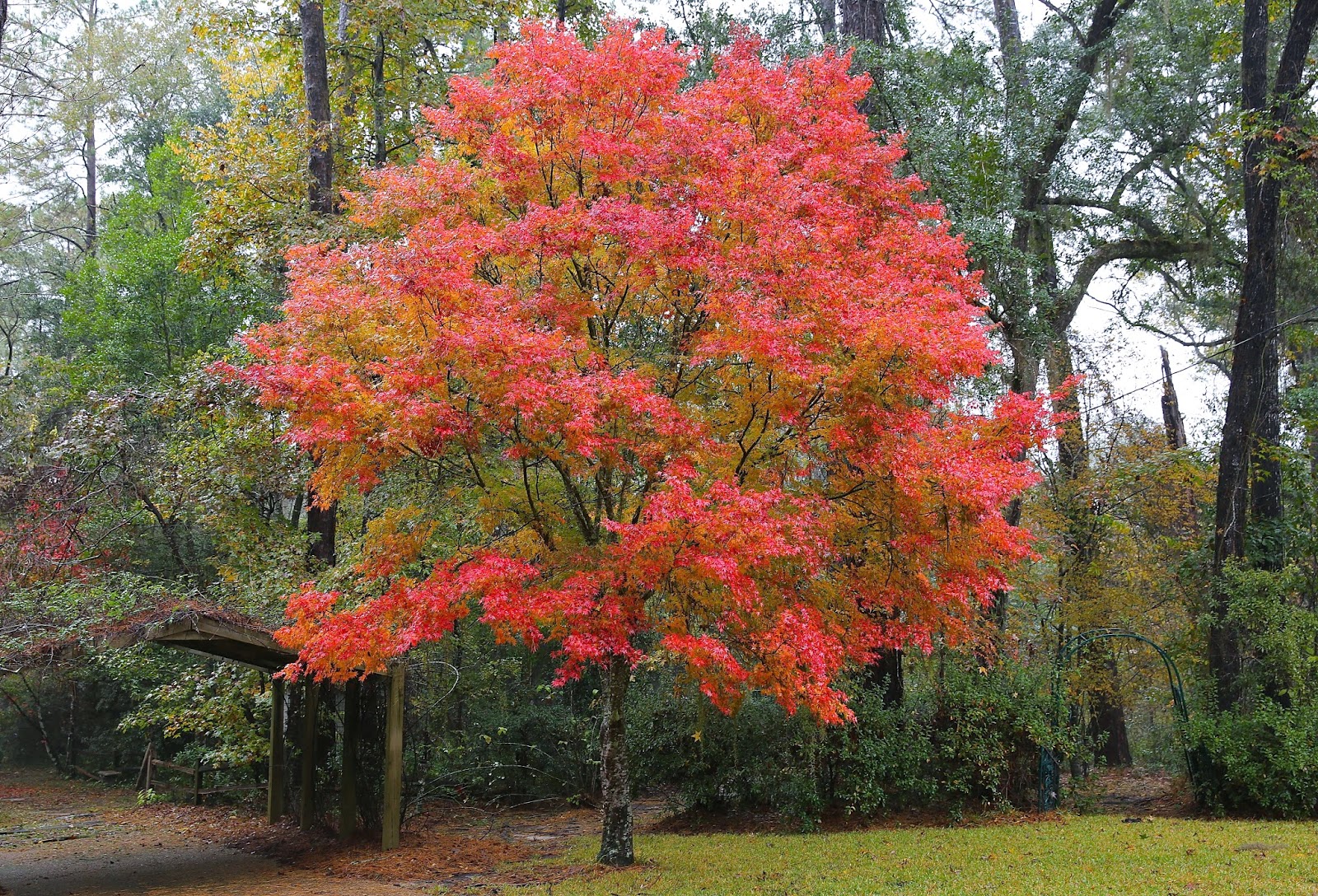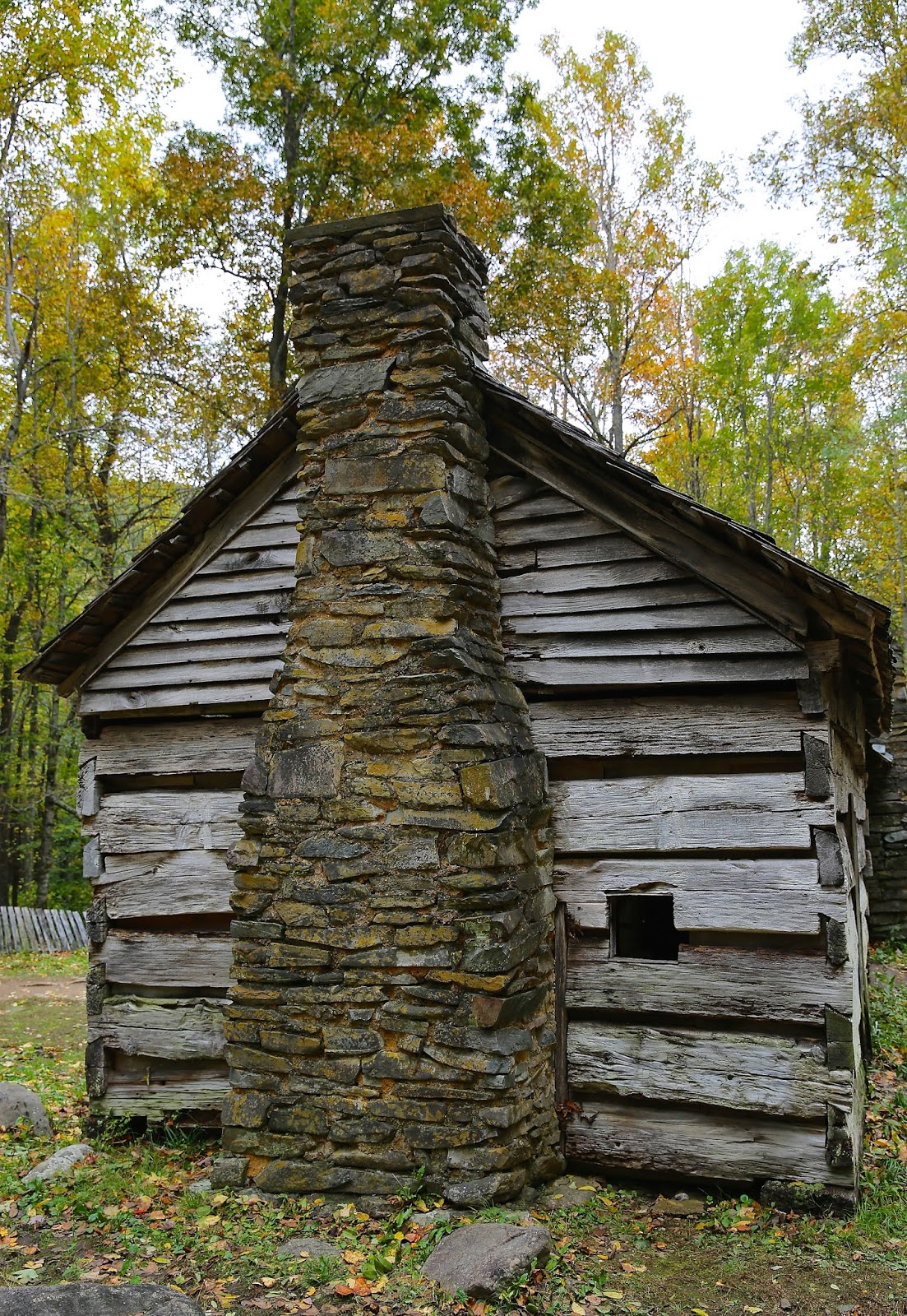Every October we travel to the mountains of North Carolina and Tennessee. We love to watch Mother Nature at work as she turns the mountainsides from a lush green to a spectacular Fall flush of oranges, yellows and reds. To accompany all of this beauty there is a fresh, invigorating and cool crispness in the air that is beyond comparison.
One of our favorite places to visit in the mountains is the resort city of Gatlinburg, Tennessee. In October the main street of downtown Gatlinburg is elbow to elbow with visitors. There are many hotels, restaurants, game arcades, gift shops, fudge shops and candy stores, a Karmelkorn shop, other snack shops and much more. There is even a haunted house to visit and a wax museum.
For the ladies there is a wonderful shop called Mr. Tablecloth and More. If you would like to know more about this shop you can check out a previous Sweet Southern Days blog post below:
The hustle and bustle of Gatlinburg is fun and exciting, but if you would like a change of pace, you can turn East at traffic light #8, on the main street, and follow the signs to the Roaring Fork Motor Nature Trail, which is only one mile from Gatlinburg.
The narrow, winding, Roaring Fork Motor Nature Trail is a good way to slow your pace. You can enjoy the beauty of the forest, see an amazingly beautiful creek, and visit several old well-preserved historic pioneer homesteads along the way.
The Motor Nature Trail is a 5.5-mile-long, one-way, scenic loop road. If you enjoy hiking there are some very scenic hiking trails along the way including a hike to the very beautiful Rainbow Falls.
In the below photo you can see the narrow, one-way roadway with a speed limit of only 10 miles per hour. The drive is so beautiful and picturesque you really do not want to travel any faster than this required speed limit.
Along the way there are a couple of pull-off parking spots as in the below photo where you can park your car and walk to see the spectacular views of the mountains.
Noah and Cindy Ogle Cabin
The first old homestead we saw along the way was located two miles before the actual entrance to the Motor Trail. This log home is one of several along this route.
The Ogle family was one of the first to settle in the backwoods of what is now called Gatlinburg.
Noah "Bud" Ogle and his bride, Cindy, started out on this farm of 400 acres in 1879. This is an extremely rocky area and they were told the land was "not fit for farming."
How nice to have a "picture window" even back then!
Using my imagination I can see the whole family huddled all around this fireplace.
As seen in the below photo we see a long back porch. We were told that clothing, children's faces and many other things were scrubbed on the back porch of this house. I'm sure this was a wonderful place to be in the Spring and Summer.
The early log homes were constructed from oak, maple, ash, cedar and pine. According to what I can find out from Mr. Google, log homes have been built in North America for over 500 years. Even the Pilgrims lived in log houses when they first came to America.
The Ogle family made a living here for many years. The woods have reclaimed much of the farmland, but using your imagination you can see the apple and plum trees the family grew close to the house. Looking past the fruit trees you can see a pasture with some cows and probably some horses.
Downhill a few yards you could see the hog pens. Close by, the vegetables were growing in the garden, and were handy to the kitchen. There were also bees darting about busy manufacturing the favorite mountain sweetener.
On the way to the garden you could see the crib full of dried corn and the chickens walking around.
If you come out the front door of the cabin, and look up the hill to your right, you see the family barn. The barn was the main activity center of the farm. The tools of living - plows, harness, hoes and rakes, harrows and saws were all stored in the barn. The upstairs loft was a good place to store hay for the animals. The open spot in the middle, which you can barely see, was a good place to store their wagon.
We continued on our way along the Motor Trail. As we drove along I looked for wild creatures to come hopping out of the woods at any moment, but they had other things to do on this day. We did not even see a squirrel.
When we got out of the car to see the beautiful mountain views off in the distance I spotted these acorns all over the ground. Possibly one day one of them will be a huge oak tree.
Another pretty mountain view.
In the below photo we see the exuberant Roaring Fork mountain stream that gave this area it's unusual name. Roaring Fork is one of the faster flowing mountains streams in the area. We will see more photos of this beautiful mountain stream as we travel on our way along the Trail.
It was not long before we came upon another well-preserved historical log homestead.
The Bales family settled in the Roaring Fork area sometime in the 1830s.
Ephriam and Minerva Bales Place
I loved the beautiful artwork of this old chimney, and the old wooden
hand-made shingles for the roofing.
Can you believe Ephraim and Minerva Bales lived in this little cabin with their 'nine' children. The Bales family owned 72 acres here. They farmed 30 acres and the rest remained wooded. They say this was like many other farms along the Roaring Fork, where families scratched out a hard living from a very rocky land.
This area along Roaring Fork is considered a Historic District and
was listed on the National Register of Historic Places in 1976.
We drove along beside or passed over the Roaring Fork stream
many times along the Motor Nature Trail.
As we drove along the rain began and the stream became true to it's name.
In the below photo, off to the right, you can see the roadway beside the creek.
In the below photo we see what is referred to as a tub-mill. During this time period, there were several of these tub-mills in operation along the creek. They were used to harness the power of Roaring Fork to grind corn into meal.
Another cabin along the way.
An inside look at this old cabin.
In the early days, traditional fencing material in the Smoky Mountains were rails split from a rot-resistant hardwood, such as chestnut or yellow locust. After the logs were split these fences were very easy to construct, and they lasted a long time.
Cabin corners were often set on large stones. From what I can find out, cabins were set on these foundations to keep them out of damp soil, but also to allow for storage space.
How fortunate we are, so many years later, to be able to get a glimpse back in time to what life must have been like for these early pioneers. It must have been a very difficult life in many respects, but then too, it must have been so peaceful in many ways. How life had changed since then!
This peaceful and beautiful drive is closed for the Winter season beginning December 1st and will not open again until mid-March.
We enjoyed having you drive along with us stepping back in time to see how our mountain forefathers lived in this beautiful Southern Appalachian area of the United States.
Wishing you a wonderful weekend and a fun beginning of Thanksgiving week.

















































































